Industry news
What are the effects of light to layer chickens?
Added:2021-12-31
In the process of raising chickens, whether layers or broilers, in addition to the usual problems of chicken house disinfection and epidemic prevention and chicken diet and drinking water, the most important process in the process of raising chickens is the problem of light. Lighting system has a vital effect on our chicken farming. Light is relatively simple for broilers. As long as it can let broilers see food and water, and make them sleep well.
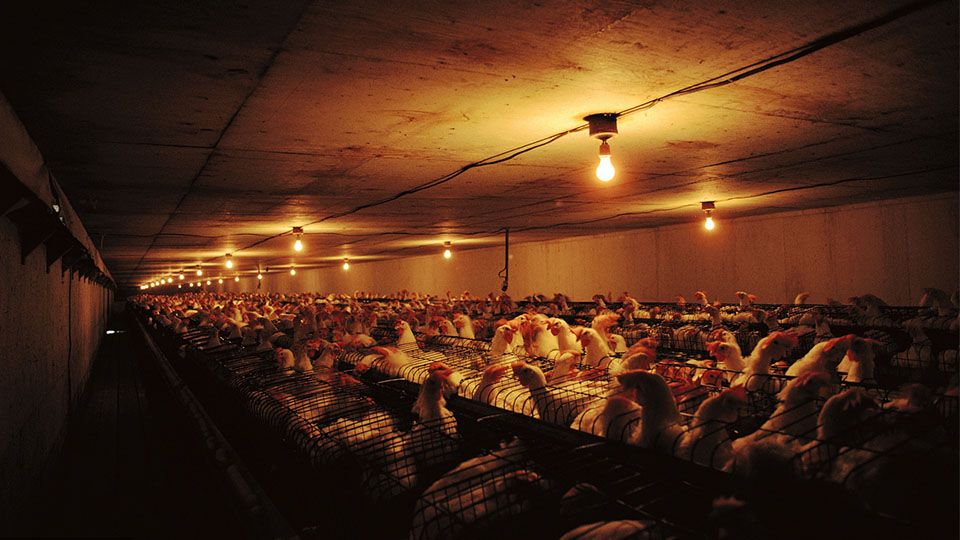
But for layer chickens, the effect of light is more powerful. In the growth stage of laying hens, appropriate light conditions are the necessary conditions for laying hens, especially in the later stage. Light can not only promote the sexual maturity of chickens, but also improve the laying rate of laying hens. Therefore, the lighting system is also an important part of the chicken house Environmental Control System.
How does light affect layer chickens?
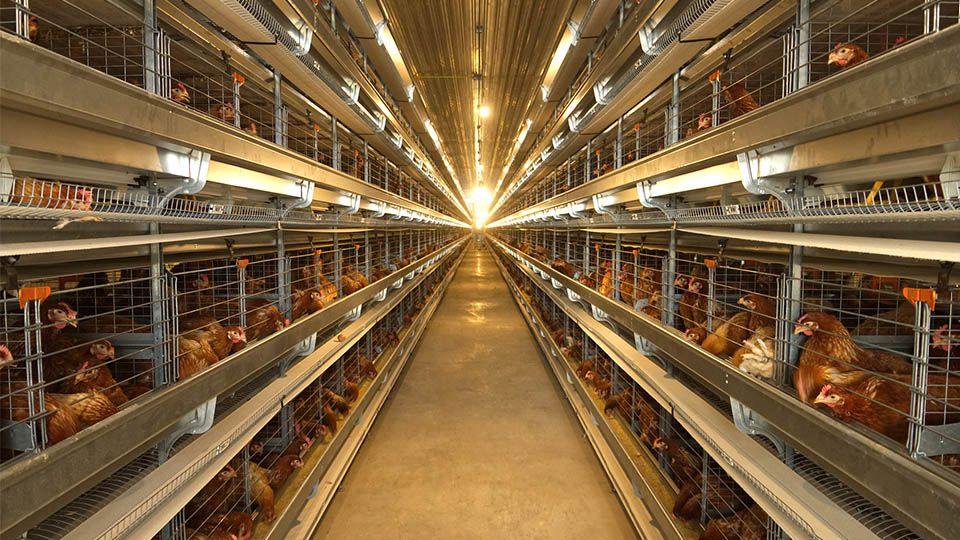
The most suitable color temperature for layers
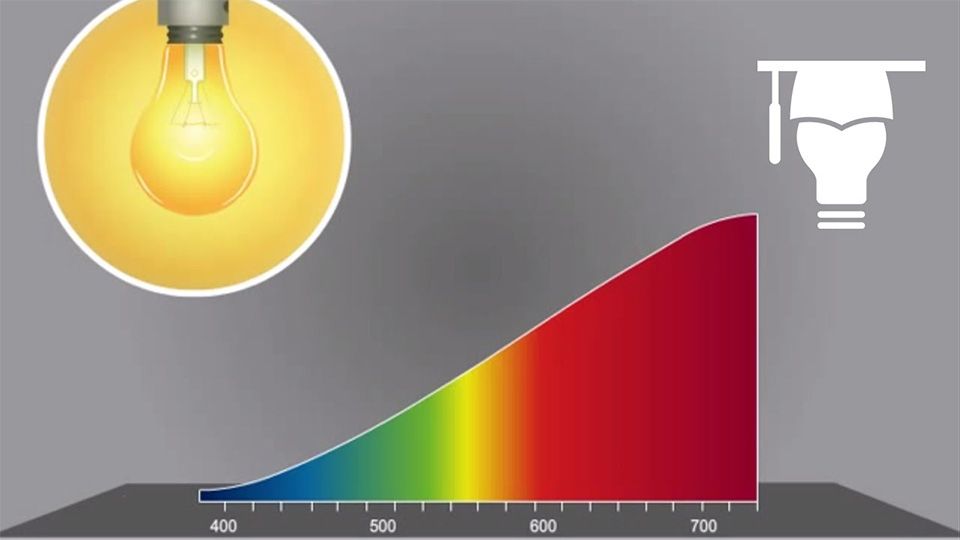
● Blue: Under blue light, chickens will feel comfortable, keep chickens quiet and reduce chicken pecking.
● Red: Increase the food intake of chickens, stimulate the movement of chickens, accelerate the secretion of hormones, and improve the yield of eggs.
● Green: In the early stage of growth, green light promotes the growth of chickens and improves the quality of eggs by accelerating the diffusion of skeletal muscle satellite cells.
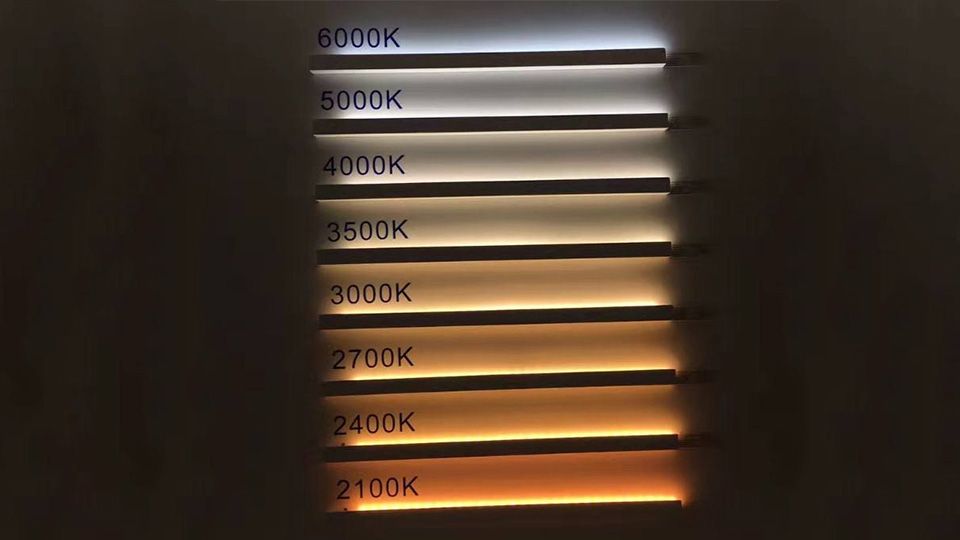
(2700k color temperature is suitable for layers)
Effect of illumination time
● The length of illumination time is closely related to the age of laying hens' sexual maturity, especially the breeding period. Laying hens are prone to sexual maturity too quickly when the light time is too long. Premature mature layers are not perfect in all aspects of body development.
● If the illumination time of layers is too short, the sexual maturity time of layer chickens will be delayed. Over mature layers will be too fat, have high dystocia rate and low egg production.
● The unstable light during laying period also has a great impact on the production capacity of laying hens. The Sudden change of light will increase the stress response of chickens, resulting in a sharp decline in egg laying rate and even increase the mortality of laying hens.
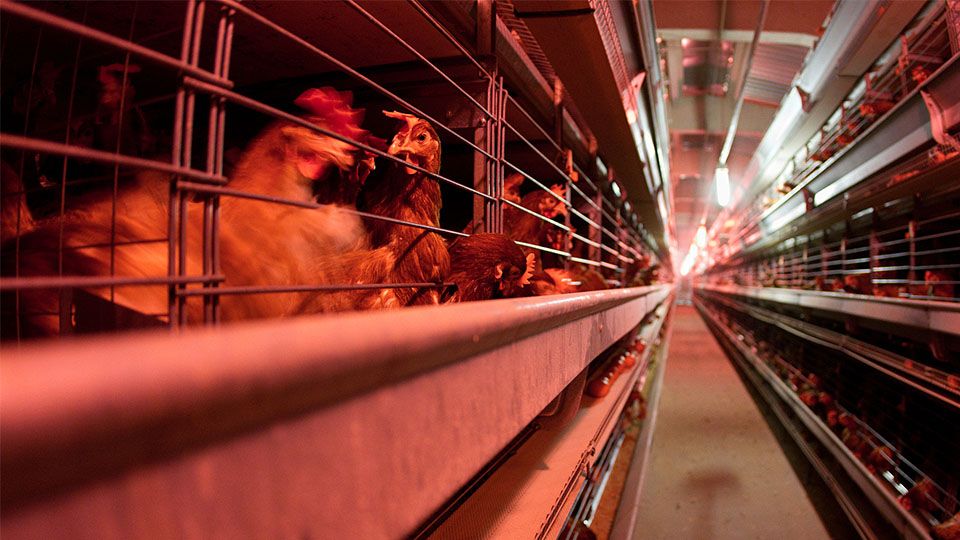
Effect of light intensity
● The intensity of light has a great impact on the growth of laying hens. In the feeding and management of laying hens, farmers must pay attention to the regulation of light intensity.
● If the light intensity of the laying hens' house is too high, the chickens will be restless and aggressive, and even have serious pecking and anal prolapse. The production of deformed eggs, soft skin eggs and broken shell eggs by laying hens will increase, and the mortality of laying hens will increase.
● The light intensity of laying hens' house is weak, the appetite of chickens decreases, the amount of drinking water also decreases, the growth rate is slow, the laying rate of laying hens decreases, and the duration of laying peak is short.
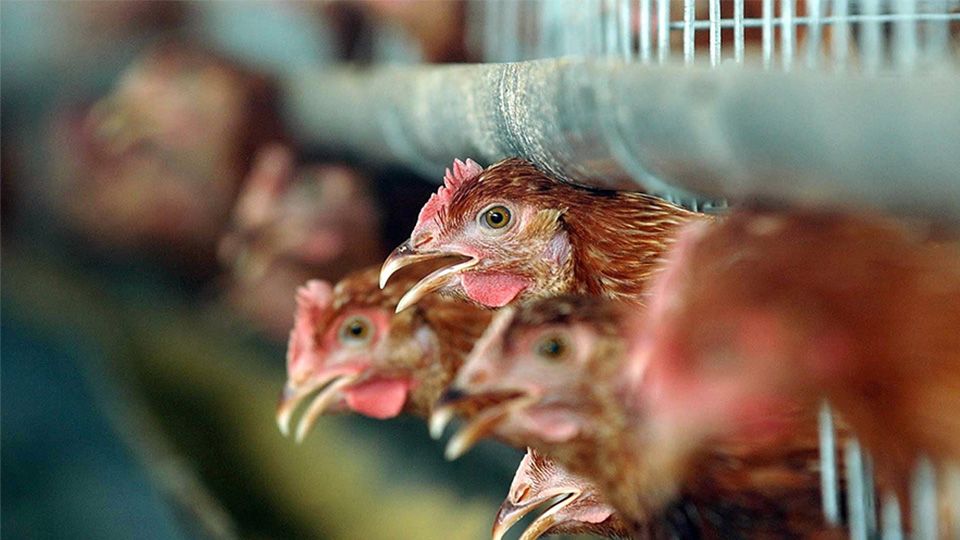
Suggestions on illumination of closed chicken house
1. After hatching, the chicks were exposed to 24-hour light at the age of 1-3 days, and the light intensity was 20-40 lux.
2. From 4 days old to 14 days old, the light decreases by 1 hour every day until it decreases to 13 hours. Maintain this light time, and the light intensity is 5 lux.
3. From 15 days old to 21 days old, it decreased by 0.5 hours per day until it decreased to 9.5 hours, and the light intensity was 5 lux.
4. The daily light time of 4 weeks old is 9 hours and the light intensity is 5 lux; the daily light time of 5-15 weeks old is 8 hours and the light intensity is 5 lux.
5. 16-18 weeks old, increase the light for 1 hour every week (added at the beginning of the week) until 11 hours, and the light intensity is 5 lux.
6. After 19 weeks of age, increase 0.5 hours per week (added at the beginning of the week) until it increases to 16 hours, maintain this light time, and the light intensity is 10-20 lux.

